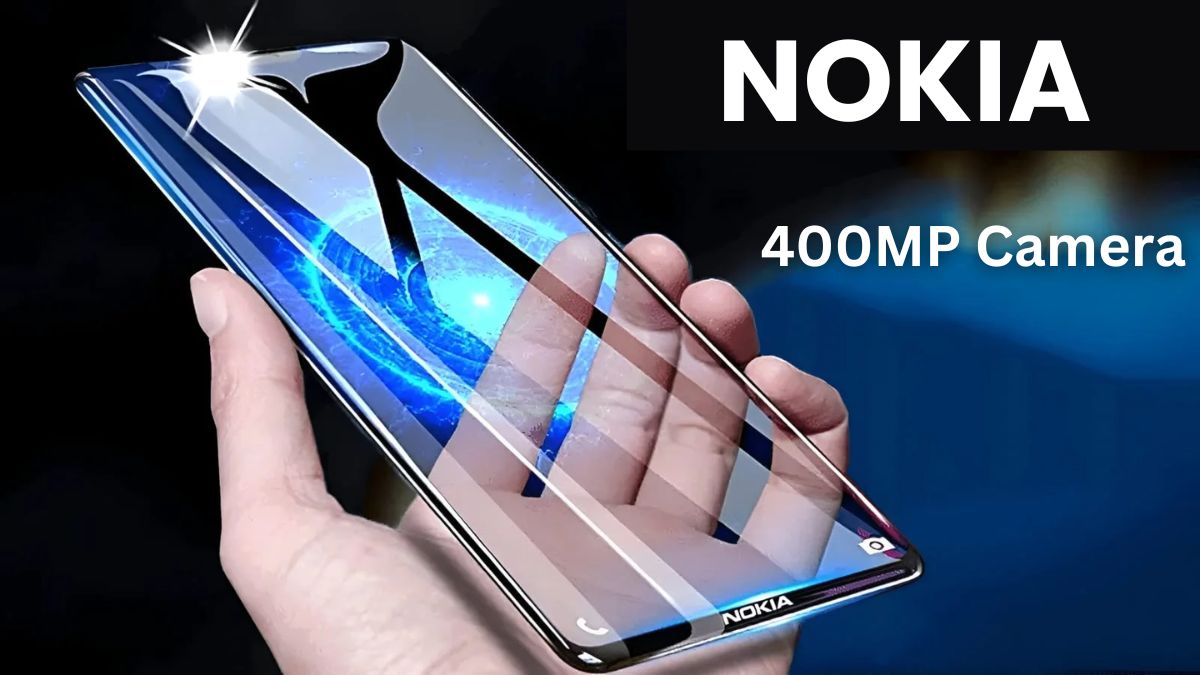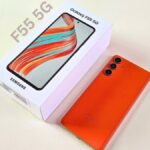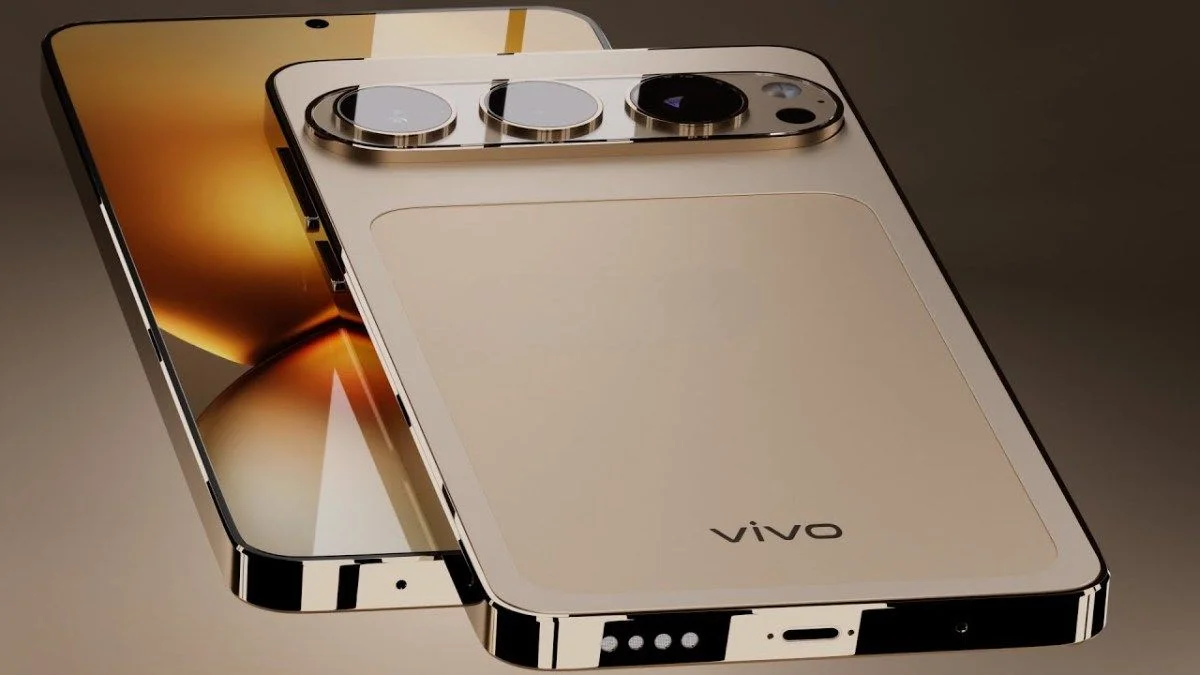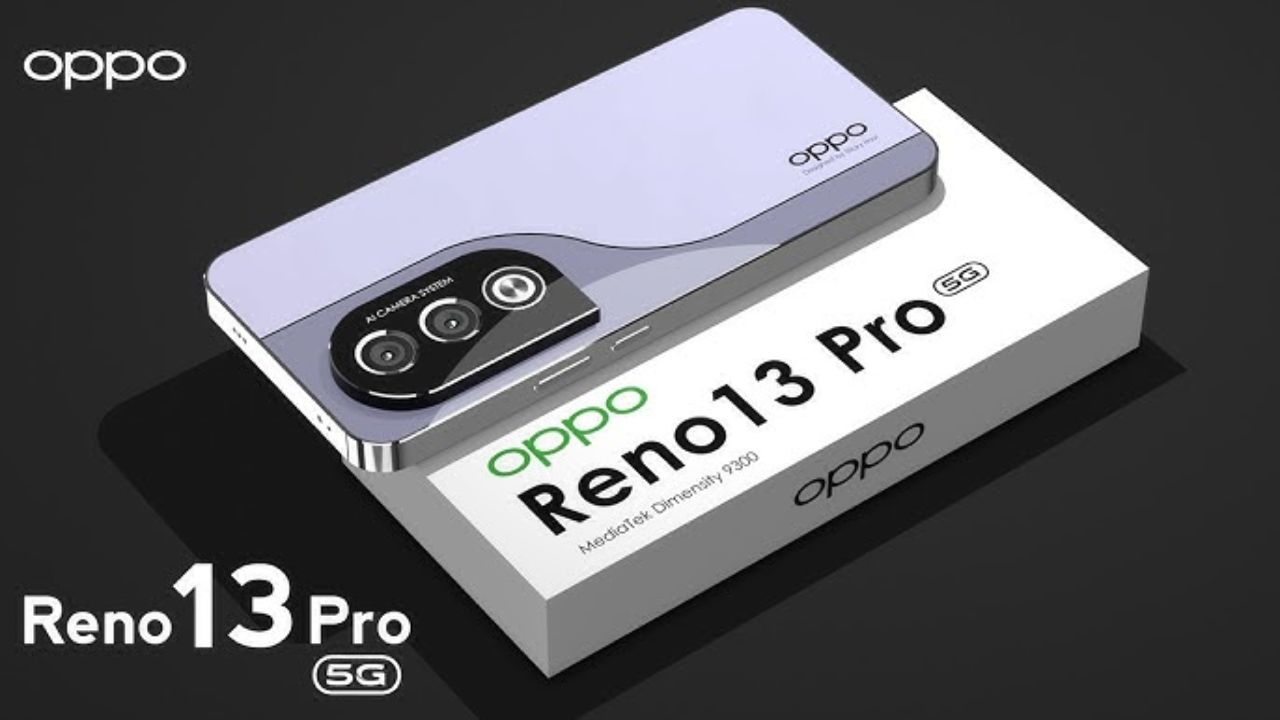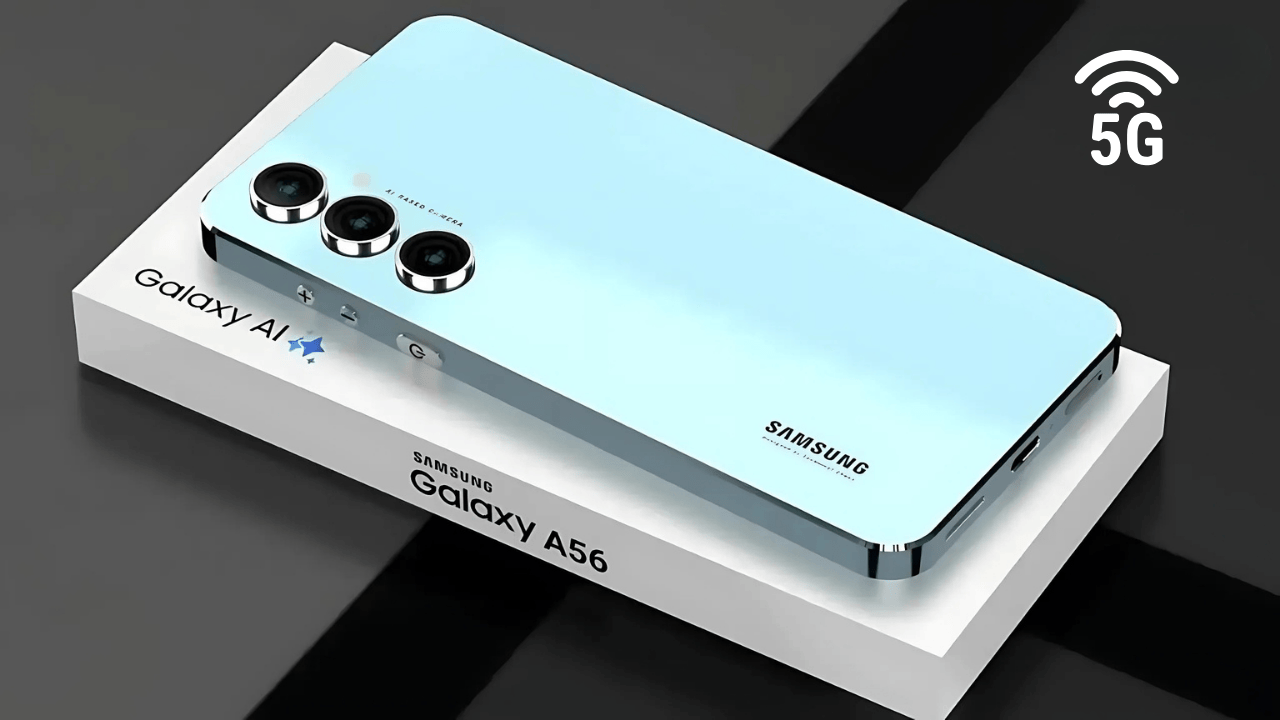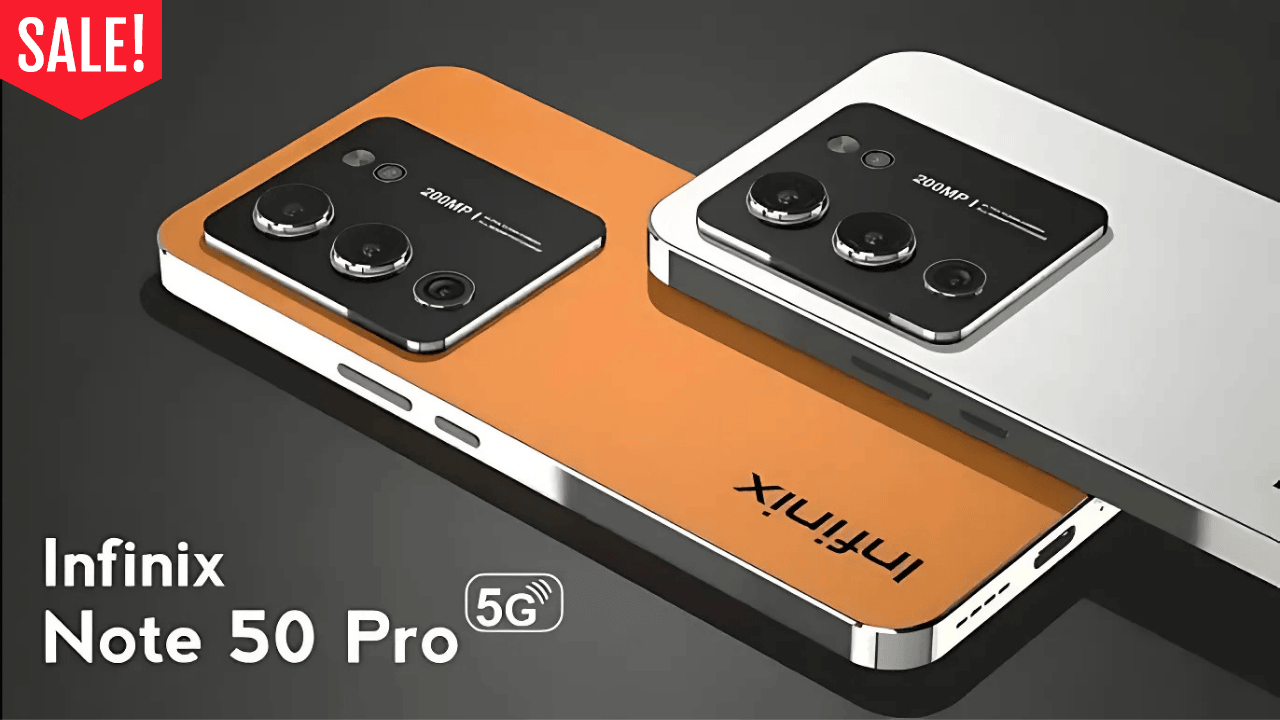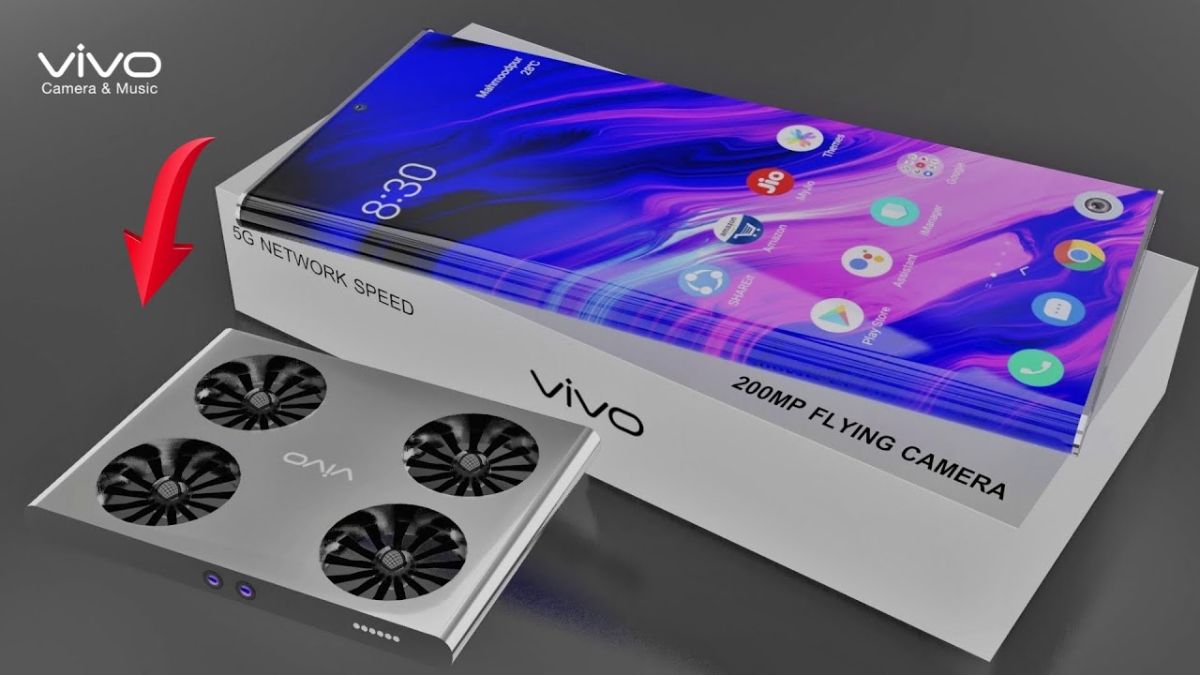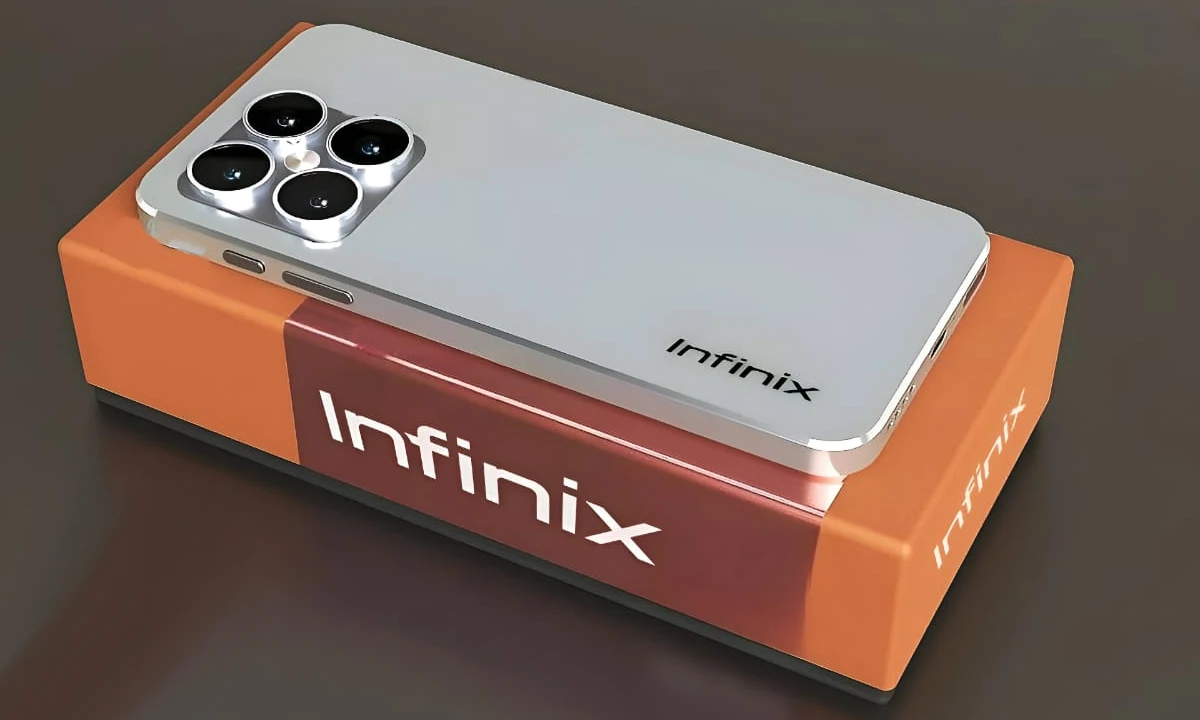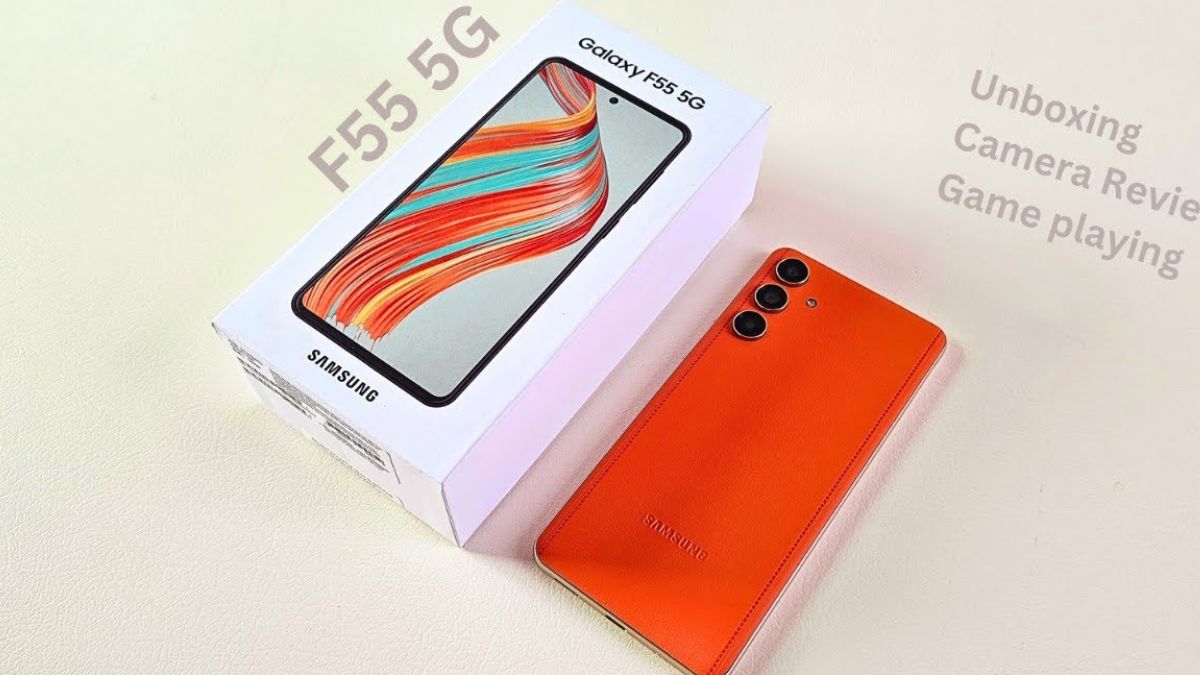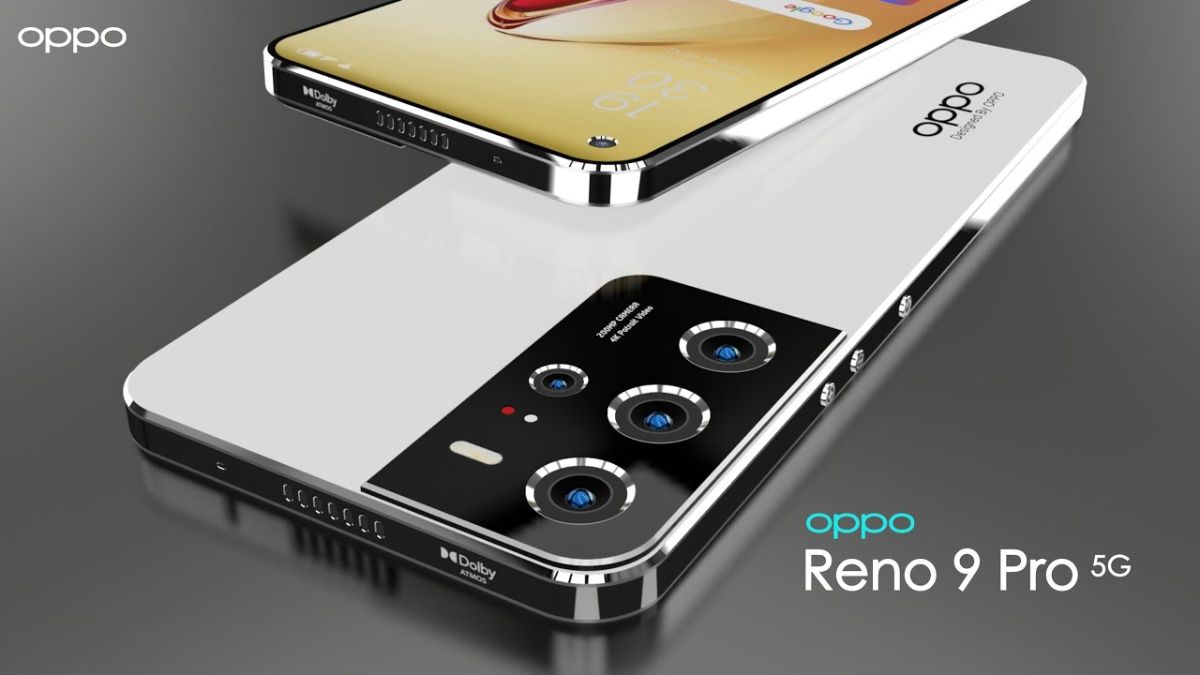Recently, a TikTok video showing a woman using a completely transparent phone went viral. The phone looked futuristic and real, leading many to believe it was a new Nokia transparent smartphone. The video crossed 26 million views, and searches for the “Nokia Clear Phone” exploded online. People were even guessing it would cost as much as €35,000.
But here’s the truth: the phone in the video wasn’t real. It was actually a “methaphone,” a clear plastic block designed to help people reduce screen addiction. It has no electronics, just the shape and feel of a phone — a tool for digital detox. Still, the excitement showed just how eager people are for next-level smartphone tech.
Why Nokia Was Linked to the Hype
So why did everyone assume it was a Nokia phone? Nokia has a strong history of innovation. From the sturdy 3310 to early smartphones, Nokia has always stood out. Today, Nokia phones are developed under HMD Global and focus more on durability, software support, and user privacy — not cutting-edge designs.
But that didn’t stop fans and tech lovers from imagining that Nokia could be behind such a futuristic product.
The Dream Features People Want
Online rumors and fan-made concept images suggested some mind-blowing specs for this imagined Nokia transparent phone:
-
Transparent 6.7-inch AMOLED display
-
A powerful 250MP or 300MP camera
-
MediaTek Dimensity 7300 processor
-
6500mAh to 7100mAh battery
-
100W fast charging support
-
Full 5G connectivity
These specs sound impressive and exciting — but none of them are confirmed. In fact, there’s no actual product or prototype. It’s all based on imagination and wishful thinking.
Why a Transparent Phone Is So Hard to Build
Creating a fully transparent smartphone isn’t easy. Right now, key components like processors, batteries, and camera sensors need materials that are not see-through.
Even transparent displays, which have been tested in some prototypes, come with problems. They are not very bright, use a lot of battery, and don’t work well in sunlight. They also struggle with touch sensitivity. Until these problems are solved, transparent phones won’t be practical for daily use.
What Would It Cost?
Some claimed the transparent Nokia phone would cost only $200, while others thought it might be as much as €35,000.
In reality, if a phone like this ever launches, it would likely cost at least $2000 or more, just like foldable phones did when they first arrived. It would target tech fans and early adopters before becoming more affordable in the future.
Phones with a Transparent Look Already Exist
While we don’t have a fully transparent phone yet, some brands have used semi-transparent designs. Phones with glass backs showing off internal components or those with translucent covers give a glimpse inside. These offer a cool, futuristic look without the engineering problems of full transparency.
The Methaphone: Simplicity That Sparked Imagination
The methaphone — the clear phone-shaped object from the viral video — isn’t a real phone. It’s made for people trying to reduce screen time. It mimics the feel of a phone to help users break their habits without completely giving up the comfort of holding a device. Ironically, this tool meant to help people step away from tech sparked global interest in a new kind of phone.
Final Thoughts: Hype or Hope?
The viral Nokia transparent phone story may not be true, but it shows something important — people are hungry for innovation. They want smartphones that feel exciting again, not just another upgrade with a better camera or faster chip.
For now, the transparent Nokia phone is just a fantasy. But the buzz proves that the world is ready for bold new designs. Whether it’s from Nokia or another brand, a breakthrough phone like this could happen — someday. Until then, we’ll keep dreaming.
